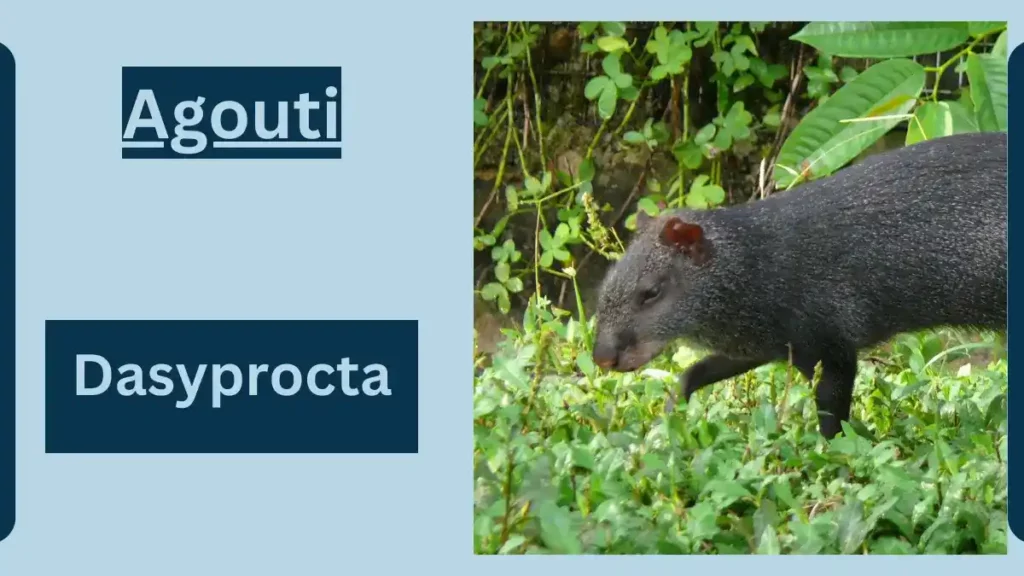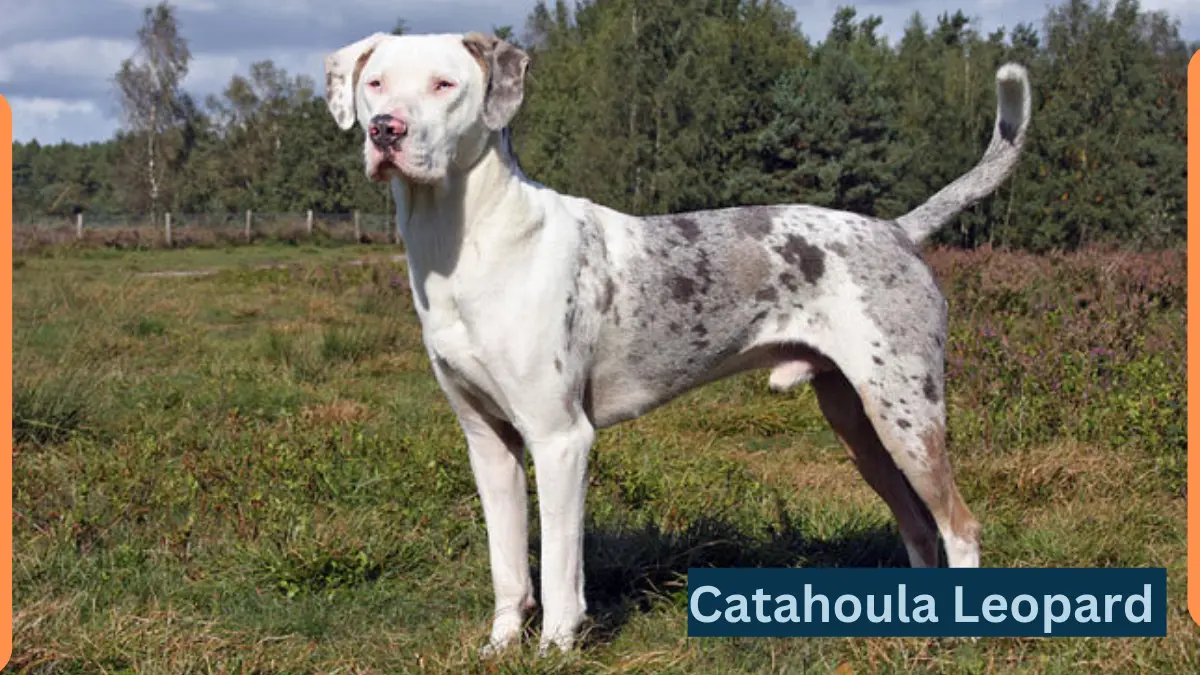Agouti Breed Information | Dasyprocta
October 19, 2023
Agoutis are large rodents native to Central and South America. They are herbivores and play an important role in the rainforest ecosystem.

Agouti
Here are some facts about Agouti:
| Topic | Information |
| Scientific Classification | Kingdom: Animalia |
| Phylum: Chordata | |
| Class: Mammalia | |
| Order: Rodentia | |
| Family: Dasyproctidae | |
| Genus: Dasyprocta | |
| Species: Varies by species | |
| Origins and Evolution | Agoutis are rodents found in Central and South America. They are part of the diverse family Dasyproctidae and have adapted to various habitats. |
| Characteristics | Anatomy and Appearance: Agoutis have a compact, robust body with short legs and no visible tail. They have coarse fur and are typically brown or reddish-brown. |
| Size: They vary in size by species, but they generally measure around 18 to 25 inches (45 to 64 centimeters) in length and weigh 2 to 6 pounds (1 to 3 kilograms). | |
| Distribution and Habitat | Agoutis are found in a wide range of habitats, including rainforests, savannas, and grasslands, throughout Central and South America. They are adaptable to various environments. |
| Behavior and Lifestyle | These rodents are primarily diurnal and are known for their swift running ability. They are herbivorous and forage for fruits, nuts, seeds, and plant material. |
| Reproduction and Life Cycles | Agoutis reproduce sexually, and females give birth to one to two offspring after a gestation period of around 3 to 4 months. The young are precocial and quickly become independent. |
| Diet and Prey | They are herbivores, feeding on a variety of plant materials, including fruits, nuts, and seeds. They play a role in seed dispersal in their habitats. |
| Predators and Threats | Natural predators of Agoutis include large carnivores like jaguars, ocelots, and birds of prey. They are also vulnerable to habitat destruction and hunting by humans. |
| Interesting Facts and Features | Seed Dispersers: Agoutis play a crucial role in their ecosystems by dispersing seeds as they eat fruits and nuts. |
| Scent Marking: They mark their territory with scent markings and feces, which helps communicate with other Agoutis. | |
| Relationship with Humans | Agoutis have limited direct interaction with humans, although they are sometimes hunted for their meat, fur, or considered a nuisance in agricultural areas. |
| Conservation Status and Life Today | The conservation status of Agoutis varies by species, but some are considered “Least Concern” while others face threats due to habitat loss and hunting. Conservation efforts aim to protect their populations. |
File Under:







Leave a Reply